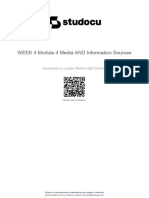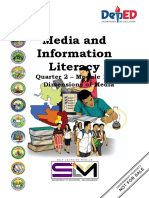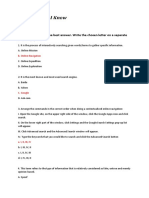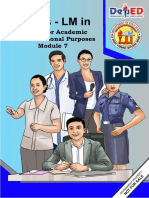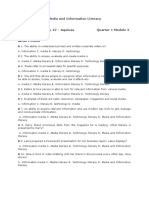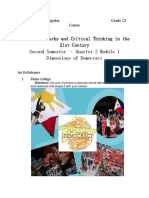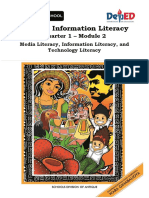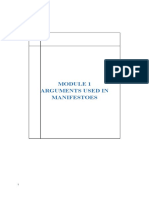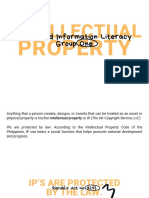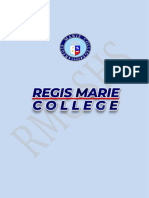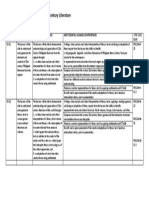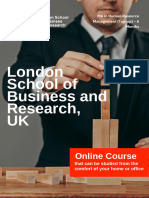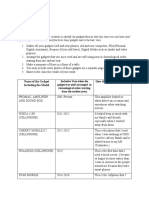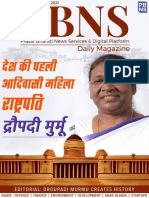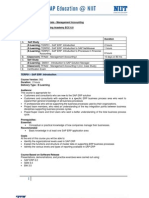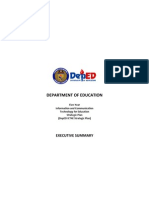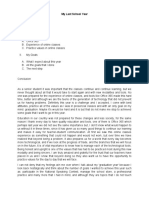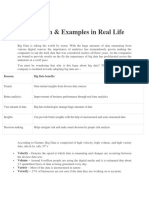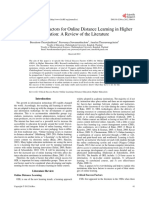0% found this document useful (0 votes)
669 views20 pagesMil Q2 Module 2.1
Uploaded by
Merry Destiny IbañezCopyright
© © All Rights Reserved
We take content rights seriously. If you suspect this is your content, claim it here.
Available Formats
Download as DOCX, PDF, TXT or read online on Scribd
0% found this document useful (0 votes)
669 views20 pagesMil Q2 Module 2.1
Uploaded by
Merry Destiny IbañezCopyright
© © All Rights Reserved
We take content rights seriously. If you suspect this is your content, claim it here.
Available Formats
Download as DOCX, PDF, TXT or read online on Scribd
/ 20




